
Re-Ry
RHUBARB
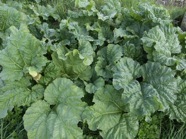
Rhubarb (Rheum rhabarbarum) is one of the most cold-hardy edibles existing, growing even in Greenland. The reddish stalks are used, mixed with sugar to make jams or they are boiled and served with apples,... Plants are mostly propagated by dividing the roots, mostly done during winter. They prefer a sunny, wet and fertile place, but they will thrive in less ideal positions as well, but the stalks won’t become as thick. Don’t eat the leaves!
RICE
Or trying to make the impossible possible in Belgium. I tried out a very early ripening variety, Duborskian, in the dreadful summer of 2008. And some kernels actually ripened, although very late in the season. There are rice (oryza sativa) varieties who don’t have to be grown under water (Duborskian is one), these are called upland or dryland rice. These need however a soil that remains moist, so some sort of permaculture is advisable. Rice is frost-tender, so sow them in the greenhouse a few weeks before the last expected frost date, plant them out in a sunny spot, keep wet, and with some luck a small harvest can be expected (rice does grow well in a greenhouse, but I don’t want to sacrifice the limited space.)
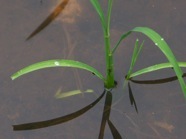
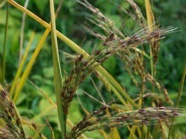
ROSELLE
Again something that really needs another , warmer climate. Roselle (hibiscus sabdariffa) is mainly grown for the use of the calyx, which is made into some kind of a very nice tasting beverage (the dried calyxes are used for tea). The plants are even hard to grow in the greenhouse over here, but I like the taste so much, so I’m trying them every year, sometimes (good summers) it works, mostly not....
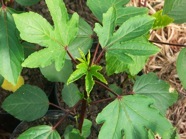
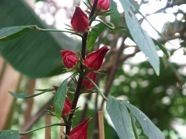
Coming from the mediterranean, this popular herb needs sun and rather dry conditions, they will thrive in heavy soils, but something less-water retaining is preferred. Rosemary (Rosmarinus officinalis) is used mostly in a herb mixture called ‘Herbes de Provence’ or ‘Provencaalse kruiden’ over here. But rosemary can be used on its own, just be careful not to use too much of it, the taste is quite strong.
ROSEMARY
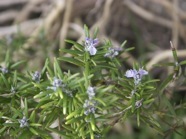
RYE
Rye (secale cereale) is off course one of the oldest plants in culture, mainly used for grinding into flour. This flour is an ingredient or even the base of many breads. In Germany some very nice sourdough breads are interely made from rye flour (these breads can look very dark).
Thousands of rye varieties exist, for growing: see: grains
